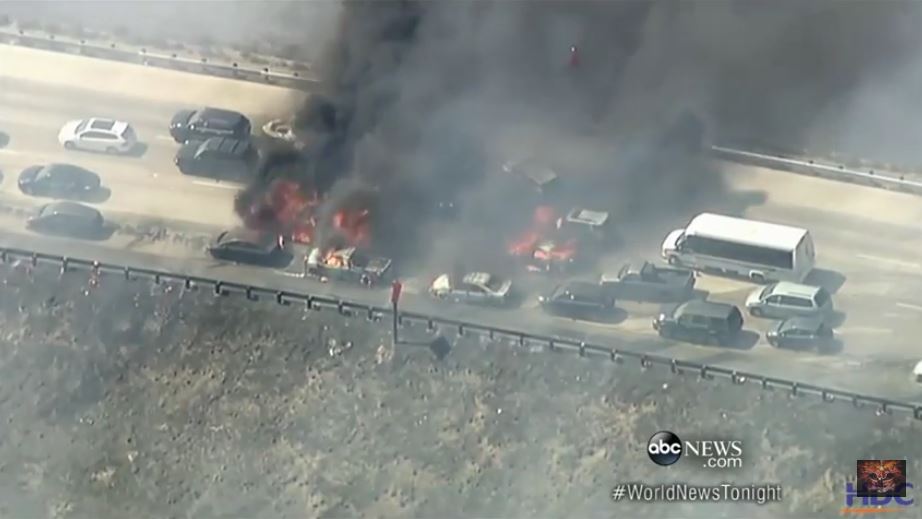
Record high temperatures in Germany were immediately followed by unusually strong storms and hail. Record rainfall in China was followed by a record heatwave there. In the US, there's been a record heatwave in the West, and record rainfall in the South. There's been record cold in Australia, and record heat in Pakistan. Volcanoes erupted in Indonesia, Japan and Mexico, while there was a strong earthquake in China and an earthquake swarm in Iceland... And in between all that; powerful storms and record rainfall.
Things be intensifying!
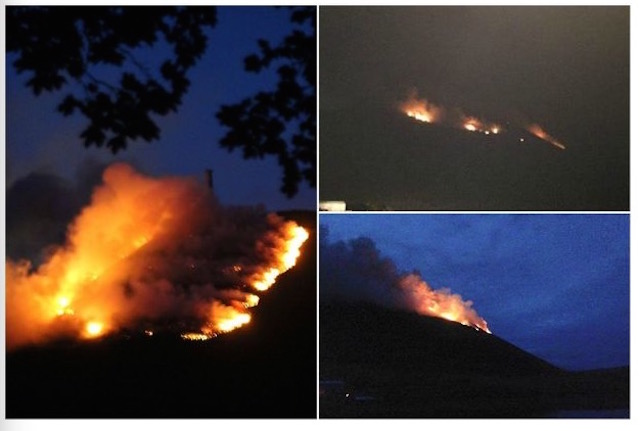
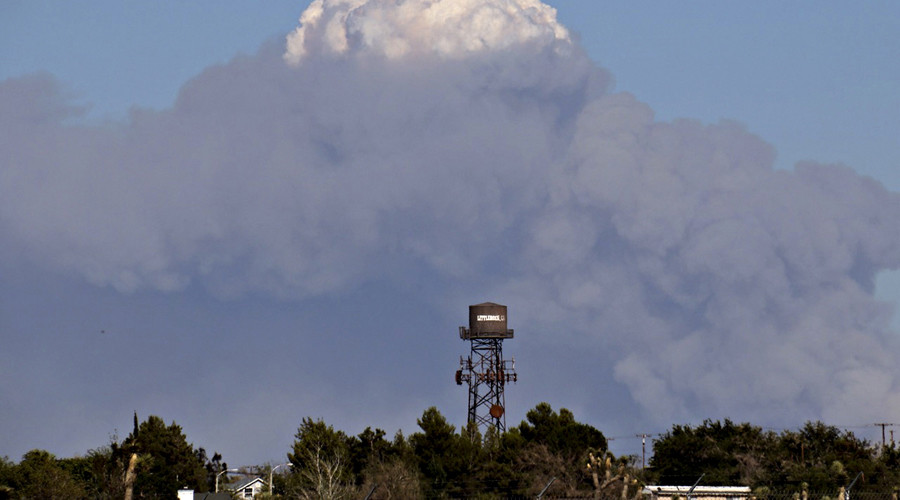
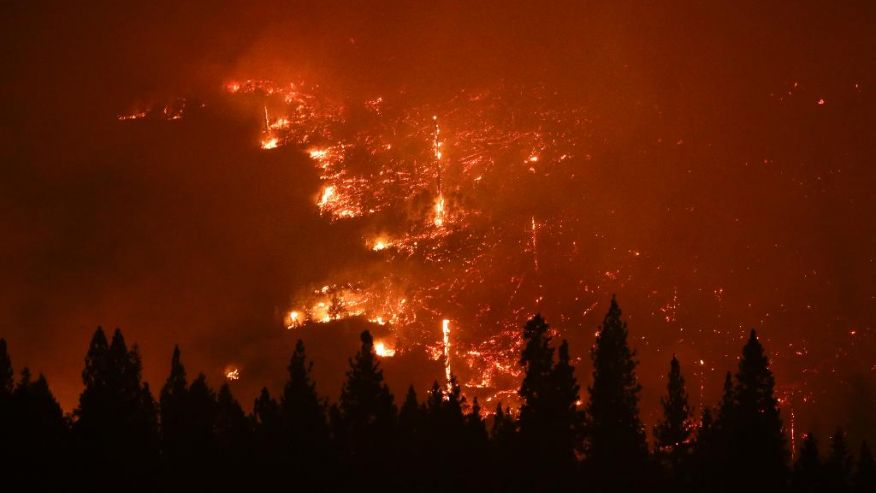
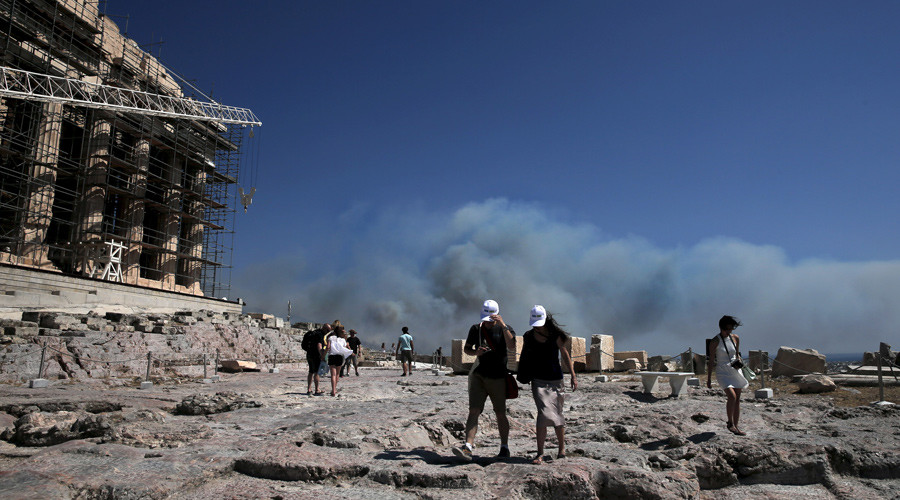
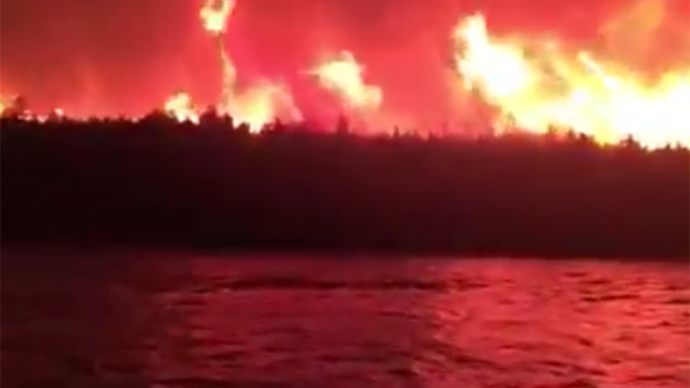
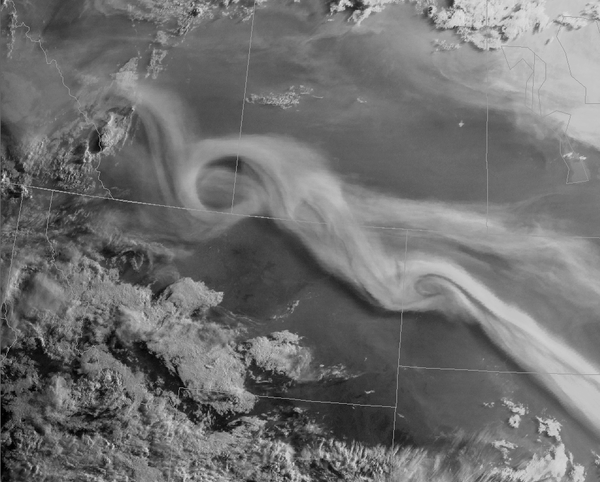
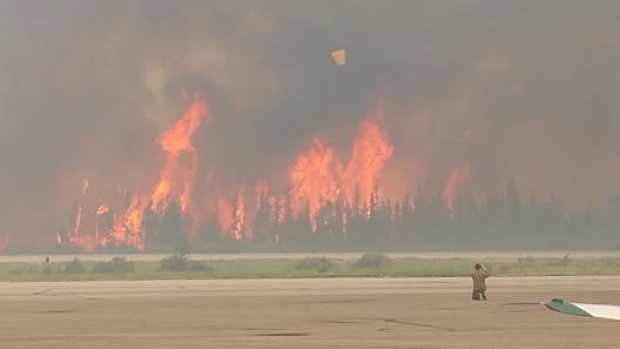
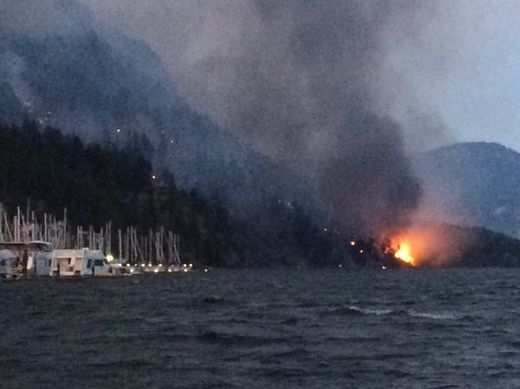
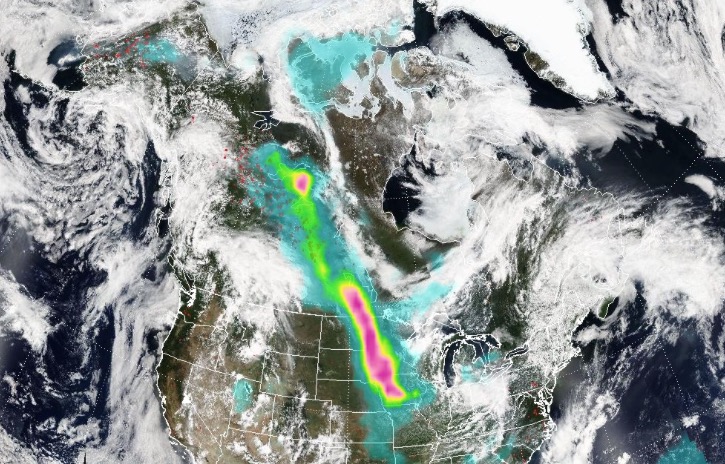
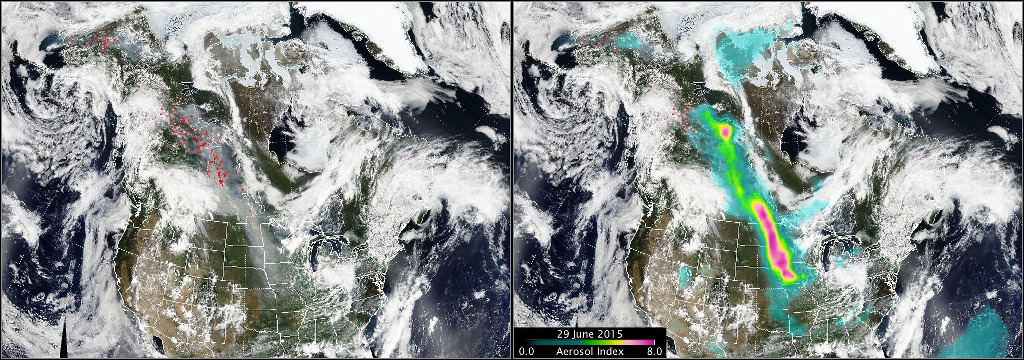



Comment: Sott.net's prediction: the upward trend in strength and frequency of wildfires will continue to increase. Why?
Increased methane outgassing provides lethal fuel for the fires, while the trigger or spark is the increase in atmospheric electric discharge events (including lightning)...
Things sure be heating up!
See also:
Infographic Displays Increase in Major US Wildfires Since 2001